Implementing Resolution No. 19-NQ/TW on agriculture, farmers, rural areas and the National Strategy for the Development of Medicinal Materials in Vietnam to 2030, with a vision to 2045, Lao Cai province has identified medicinal material development as one of the green economic sectors with high added value, associated with tourism, culture and traditional medicine. With diverse natural conditions, a unique climate and rich medicinal plant genetic resources, Lao Cai is rising to become a key medicinal material region of the country, contributing to realizing the goal of sustainable development in the midlands and mountainous areas of the North.

Since the 1960s, Lao Cai has been considered the "cradle" of medicinal research and production in the North with the Sa Pa Medicinal Plant Research Station and the Bac Ha Medicinal Plant Farm (formerly in Na Hoi commune, Nam Mon).
Here, many precious medicinal plants such as angelica, panax notoginseng, dodder seed, artichoke, polygonum multiflorum... have been researched and tested on an area of nearly 1,000 hectares.

Promoting natural advantages and research traditions, the province has issued many long-term mechanisms, programs and projects such as the Strategy for developing commodity agriculture ; Project for developing medicinal plant industry for the period 2021-2025, vision 2030 and Plan for developing medicinal plant associated with tourism - green economy.
Up to now, the whole province has formed large-scale concentrated medicinal herb production areas with a total area of about 6,555 hectares, output reaching over 30,000 tons/year, estimated value of about 908 billion VND.
Many types of trees have high economic efficiency, averaging 120 - 150 million VND/ha, some types reach over 600 million VND/ha.

In particular, 9 medicinal plants of the province have achieved GACP-WHO certification, including the artichoke, angelica, and panax notoginseng growing area of more than 118 hectares and the tea vine harvesting area of over 20,000 hectares managed by Traphaco Sa Pa Company Limited.

From indigenous knowledge, ethnic people have created many typical products with the Northwest brand such as artichoke extract, angelica extract, Red Dao bath medicine, Gynostemma pentaphyllum tea, perilla cosmetics...
Many products have been recognized as OCOP at the provincial level, contributing to affirming the brand name “Lao Cai Medicinal Herbs” in the market. Currently, the whole province has 56 medicinal herbs products that have achieved OCOP certification, of which 2 products have achieved 5 national stars.

In the artichoke field in Sa Pa ward, Ms. Giang Thi Nhu, who has been working with this medicinal plant for nearly 10 years, shared: "Growing artichokes, my family has an income of over 300 million VND/year, many times higher than growing corn and rice, life is getting better and better."

Enterprises and cooperatives are playing a key role in the development of medicinal herbs in the province. Traphaco Sa Pa Company Limited currently has more than 50 hectares of artichokes meeting GACP-WHO standards, processing dozens of OCOP products, including soft artichoke extract and artichoke mist tea - achieving national 5-star OCOP.
Each year, the company purchases more than 2,000 tons of fresh medicinal herbs and 70 tons of dried medicinal herbs, creating stable jobs for more than 100 direct workers and thousands of households participating in the chain.

In addition, many other businesses are also actively investing in medicinal herb areas and community cooperatives. Ms. Tan Ta May - Director of the Red Dao Community Cooperative (Ta Phin commune), said: "The cooperative has nearly 200 households participating in planting and exploiting medicinal herbs, providing about 20,000 liters of medicinal water and many products from mugwort, pagoda du, and great compassion each year. People have both extra income and preserve the traditional occupation of the Red Dao people."
Together with the support of enterprises, the province has issued policies to support investment in medicinal plant growing areas, encourage enterprises and cooperatives to apply high technology, certify GACP-WHO standards, develop OCOP products and expand export markets. Thanks to that, the medicinal plant value chain linkage model is increasingly expanding, accounting for about 30% of the total output of the whole province.

Lao Cai's medicinal herbs industry is being oriented to develop in the direction of "green medicinal herbs industry", not only stopping at cultivation but also moving towards deep processing, diversifying products, linking with tourism, culture, and traditional medicine.

The province aims to become a regional center for medicinal plants, attracting businesses to invest in modern processing factories, expanding raw material areas in Sa Pa, Bac Ha, Bat Xat, Van Ban, etc. Each area is planned with a group of key plants, ensuring quality and competitiveness in the market.

This orientation is consistent with the National Strategy for the Development of Vietnamese Medicinal Materials to 2030, with a vision to 2045, contributing to making Lao Cai a green medicinal materials center of the Northern midland and mountainous region.
Not only bringing economic value, medicinal plants also contribute to forest protection, biodiversity conservation and indigenous knowledge. Gynostemma pentaphyllum, Chua Du, herbal bath, tea vine... are planted under the forest canopy, both creating livelihoods and preserving rare genetic resources. Currently, Lao Cai has recorded more than 850 medicinal plant species, including 70 rare and endemic species such as That Diep Nhat Chi Hoa, Hoang Lien Gai, and Panax Notoginseng - genetic resources that need to be preserved and exploited reasonably.

With the right orientation, the participation of the entire political system, business community and people, Lao Cai is gradually perfecting the "green value chain" for medicinal plants - from planting, processing, to trade and experiential tourism. This is not only a direction for sustainable agricultural development, but also a strategy for building a local brand, contributing to making Lao Cai a key medicinal plant region of the country, affirming Vietnam's position on the international medicinal plant map.
Performed by: Khanh Ly
Source: https://baolaocai.vn/xay-dung-lao-cai-thanh-vung-duoc-lieu-trong-diem-cua-ca-nuoc-post886730.html






![[Photo] Prime Minister Pham Minh Chinh meets with representatives of outstanding teachers](https://vphoto.vietnam.vn/thumb/1200x675/vietnam/resource/IMAGE/2025/11/15/1763215934276_dsc-0578-jpg.webp)
![[Photo] General Secretary To Lam receives Vice President of Luxshare-ICT Group (China)](https://vphoto.vietnam.vn/thumb/1200x675/vietnam/resource/IMAGE/2025/11/15/1763211137119_a1-bnd-7809-8939-jpg.webp)
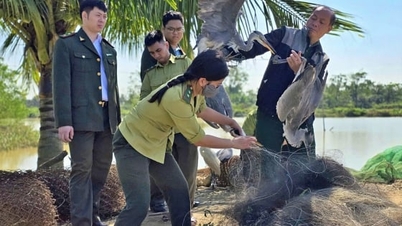



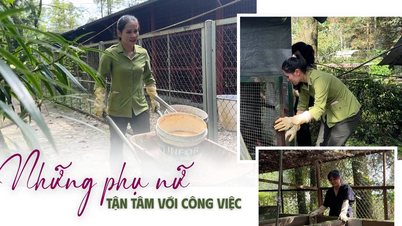
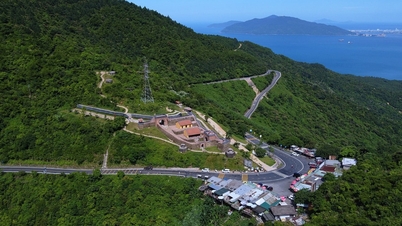

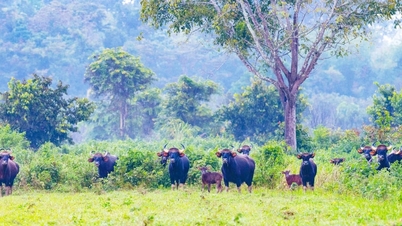



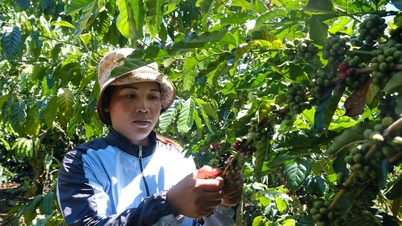
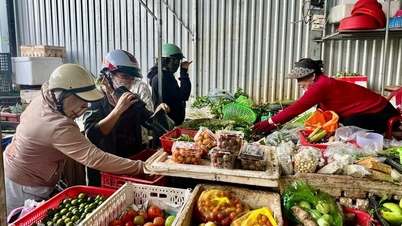




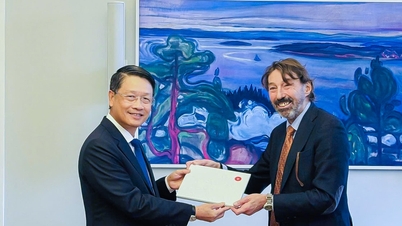




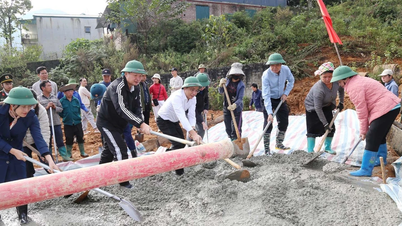
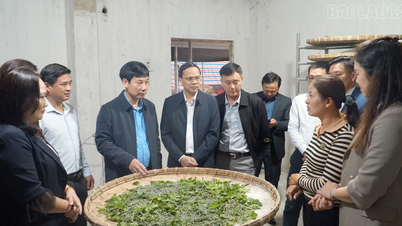


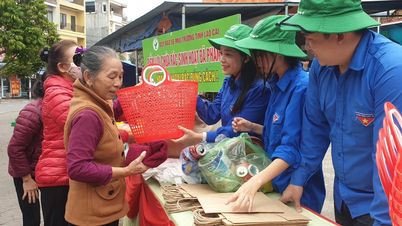









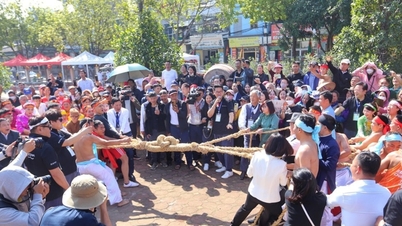








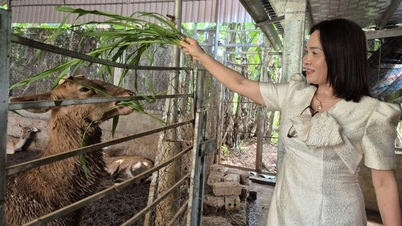

































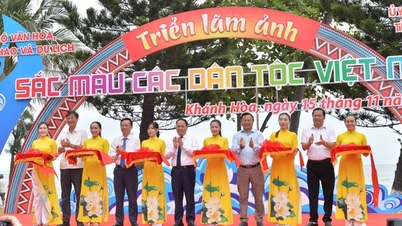







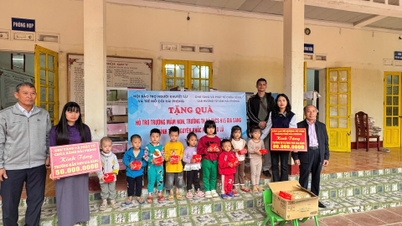















Comment (0)